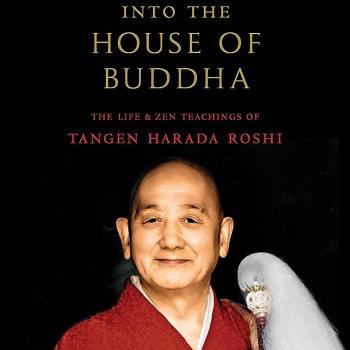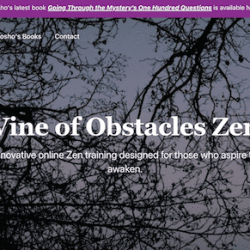Is Zen practice about getting out of the stinking hole of human life or about finding perfection within our shining life itself just as it is? Is the Buddha way beyond the phenomenal world (transcendent) or ensconced within it (immanent)?
I see no other underlying stance that more powerfully impacts our zazen and attitude toward daily life than this one. And because our life is a projective exercise, we tend to see the Buddhadharma as we are rather than how “it” is.
Take the third line of the Genjokoan, for example. Here’s Shohaku Okumura’s translation:
Since the Buddha way by nature goes beyond abundance and deficiency, there is arising and perishing, delusion and realization, living beings and buddhas.
Sounds like the Buddha way is transcendent – going beyond many and not-even-one.
Other translations seem to support this. Here are a couple (I’ll just quote how these translators work the words in bold in Shohaku’s):
Tanashi: leaping clear of
Nishijima and Cross: transcendent over
And then there are those who see it as immanent:
Cleary (and also my brother, Ken Port): springs forth from
Kim: leaps out of
Looking at the original in this case just exacerbates the issue. Dogen used these characters: 豊倹より跳出 (hoken yori choshutu suru). The phrase at issue here can be read “go beyond” or “leap out from.”
So we must rely on our own practice-verification to clarify this without relying on old dead people – we’re relying on them here simply to frame the issue.
Do you move about between the transcendent and immanent positions? If so, what provokes this movement?
Is the Buddha way transcendent or immanent?











